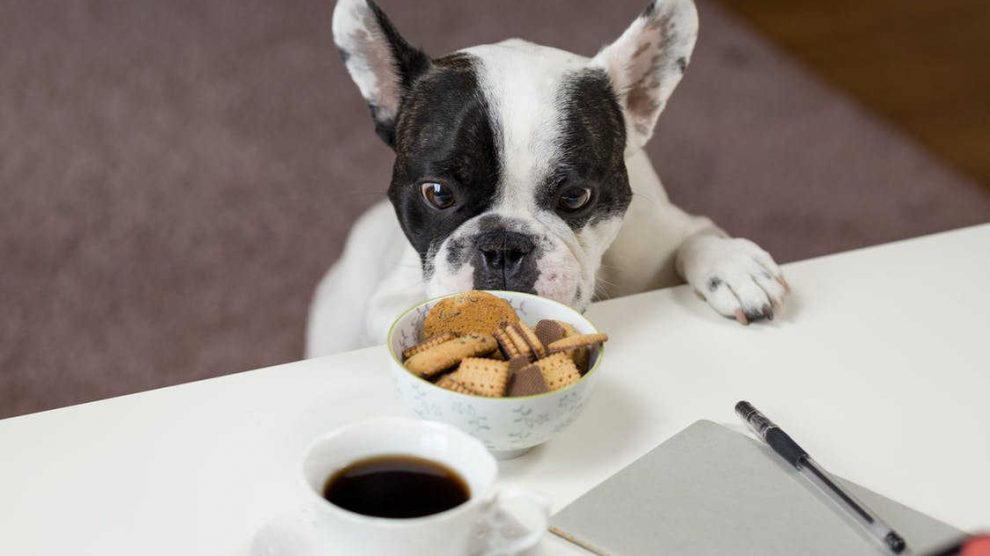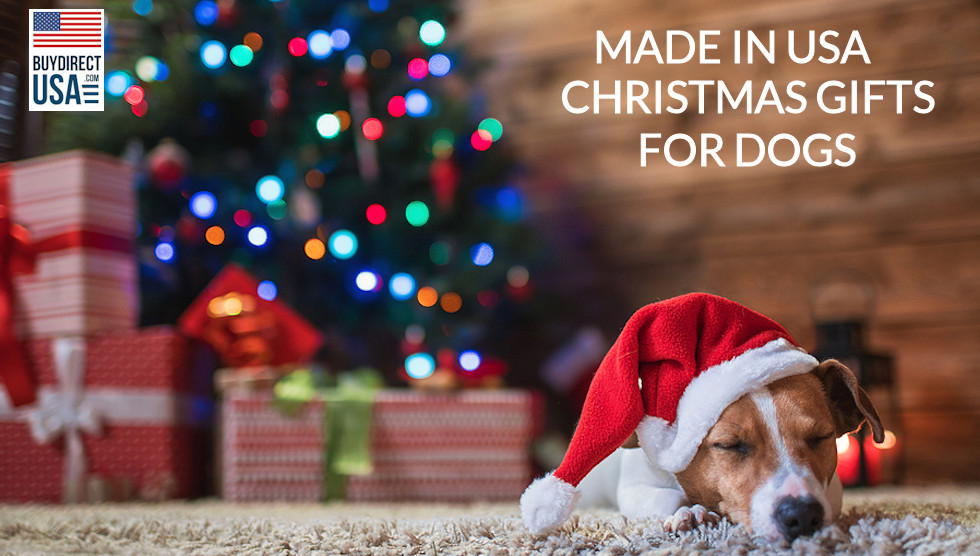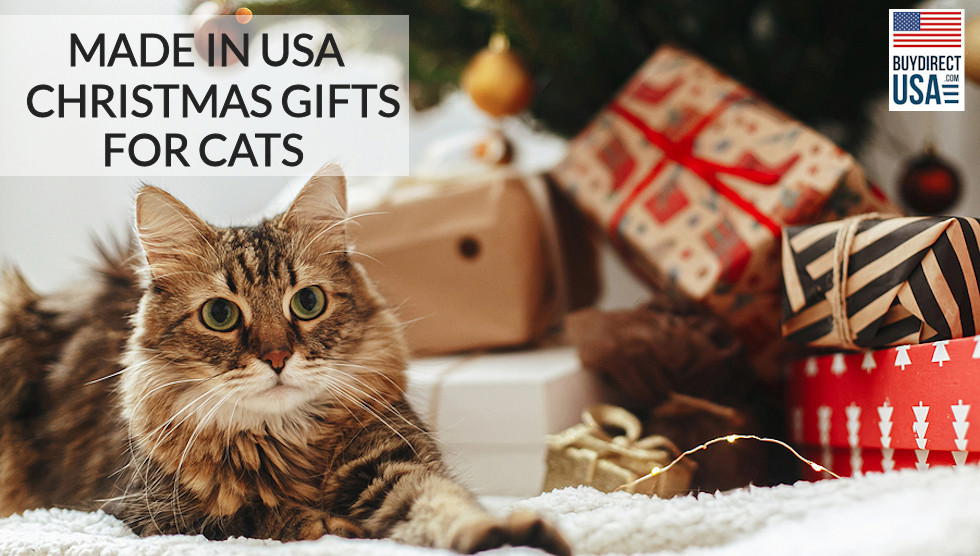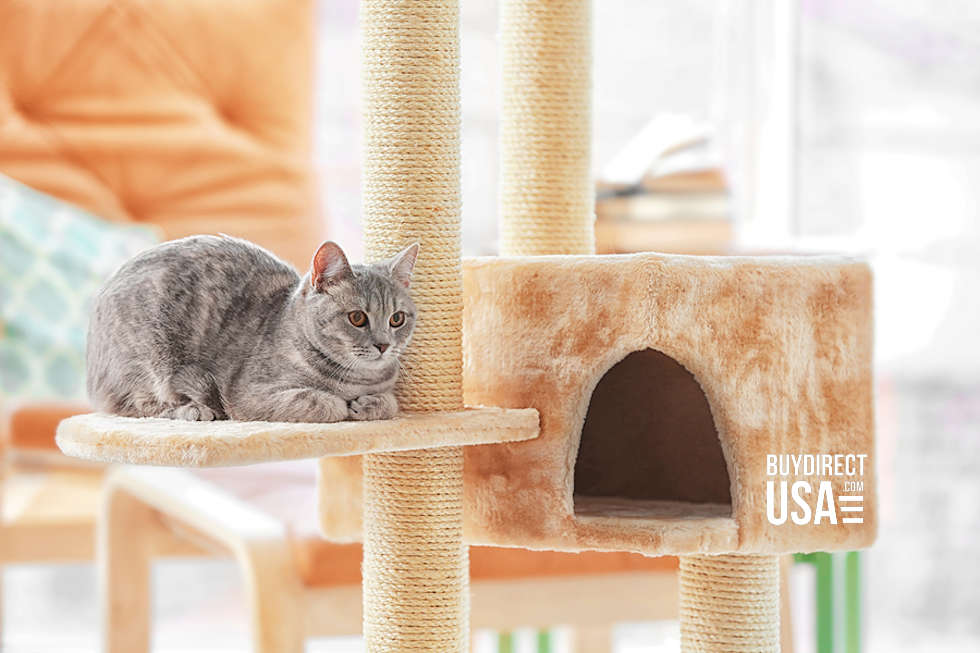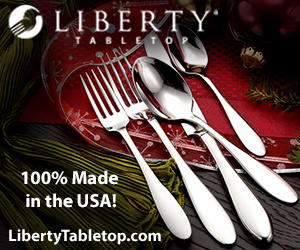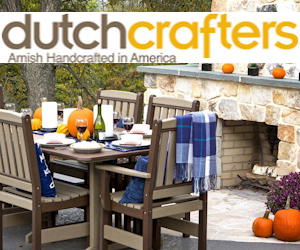Choosing food for your dog or cat is probably the most important decision you’ll make as a pet owner. To complicate matters, the options are seemingly endless. While I’m not a vet or a nutritionist, I do have a background in the sciences and as a direct result of owning a dog with allergies, I’ve spent a significant amount of time researching all the options out there. Oh, and in case you’re worried about taking advice from a for-profit company – my company doesn’t make pet food, nor is it affiliated in any way with any companies that do. So here’s the distilled version of what I’ve learned along the way. Hopefully you find it helpful.
Cooked vs Raw
Your first decision when selecting a pet food is to decide if you’ll go the traditional route, with a cooked diet (including canned wet food or dry kibble) or jump on the raw food bandwagon.
The argument in favor of a raw food diet for dogs and cats is simple – raw food is the format closest to what your pet has evolved to best utilize. Additionally, the argument goes that cooked food looses much of it’s nutritional value as a direct result of the cooking process, especially when it comes to bio-active enzymes and the like. Unfortunately, there are no conclusive studies comparing raw and cooked diets, so you’ll have to decide for yourself.
I’m a strong supporter of the argument in favor of a raw diet, mostly because it seems highly logical, but also due to my own experience feeding kibble as well as a raw diet to my dog and comparing the results.
If the decision were left up to my dog, the choice would be clear – raw all the way. There’s no questions that he favors any raw food over any kibble.
Although not exactly scientific, I’ve also applied my own senses toward answering this question. Raw food, to me at least, smells and looks very healthy. Kibble, on the other hand, smells and looks disgusting.
I’ve had my dog on a raw food diet for over a year now. I don’t give him any supplements (no fish oil or the like). The results? Remarkable, in my opinion, and clearly in the opinion of other folks we come across on our daily walks. My dogs coat is, frankly, perfect. His teeth are very clean. His breath – not so bad! I honestly get an overwhelming number of complements from vets as well as folks on the street with regard to how healthy my dog looks.
Finally, the most disgusting, but also the most informative test when it comes to food quality – the stool. When on a kibble diet, my dogs stool was dark, voluminous, irregular (routinely mushy), and very stinky. On a raw diet, his stool has been light, noticeably smaller in size, highly regular (very firm), and has very little odor. This, to me, is how a dogs stool should be, and is the clearest indicator that I’ve made the right choice in going with a raw diet for my pet.
A raw diet isn’t perfect, though, and kibble does have some advantages.
On average, a raw diet will be noticeably more expensive than a kibble diet. You could look to spend less by preparing your own homemade raw diet, but for most of us, the savings would be minimal and the level of effort required would be high. A raw diet still needs to be balanced, containing a biologically appropriate mix of meat, organs, and bone, to provide proper nutrition.
Sine it’s cooked, kibble and canned wet food is easier to store and serve when compared to raw diets. Typical raw diets must be stored frozen and thawed within a day or two of use. This means you have to plan ahead. Don’t be too discouraged, though, as its not a huge deal once you get into the habit of it and if you ever forget, you can do a rapid thaw of a frozen raw food by soaking it in warm water.
Kibble is a lot easier to travel with since it can be stored at room temp. At the same time, there are freeze-dried versions of raw diets that are pricey but very easy to travel with and prepare on the road.
Perhaps the most often cited argument against a raw diet is the risk of bacterial contamination and food-borne illness. I don’t think this argument holds water, though. Why? First, there have been plenty of recalls regarding salmonella and the like in cooked kibble and canned wet foods over the years. They’re clearly not immune to this risk. Additionally, a pets digestive tract is more capable of handling bacteria than is the human digestive tract, so we shouldn’t carry our own concerns over eating raw meats onto our dogs. We’re different.
Lastly, there’s a technology available (and growing in popularity) that can significantly reduce the likelihood of bacterial contamination in raw food without undermining its nutritional value. The technology is called high pressure processing (HPP), and as the name implies, it uses a very high pressure environment (not heat) to eliminate most microorganisms. Some hardcore raw feeders may scoff at this technology, but in my estimate, it’s a very reasonable, practical, and smart compromise. While a dog can handle far more in the way of bacterial contamination of food than we humans can, at a certain point, even a dog will succumb to food poisoning. You also can’t ignore that we live right alongside our pets, and even levels of bacteria our cats and dogs might be able to handle could pose a risk to us and our family members. Many commercially prepared raw diets made from poultry (chicken and turkey) already use high pressure processing. At least one company (Nature’s Variety) has extended this technology to all their raw diets.
Shop for Stainless Steel Dog and Cat Bowls at BasisPet.com

